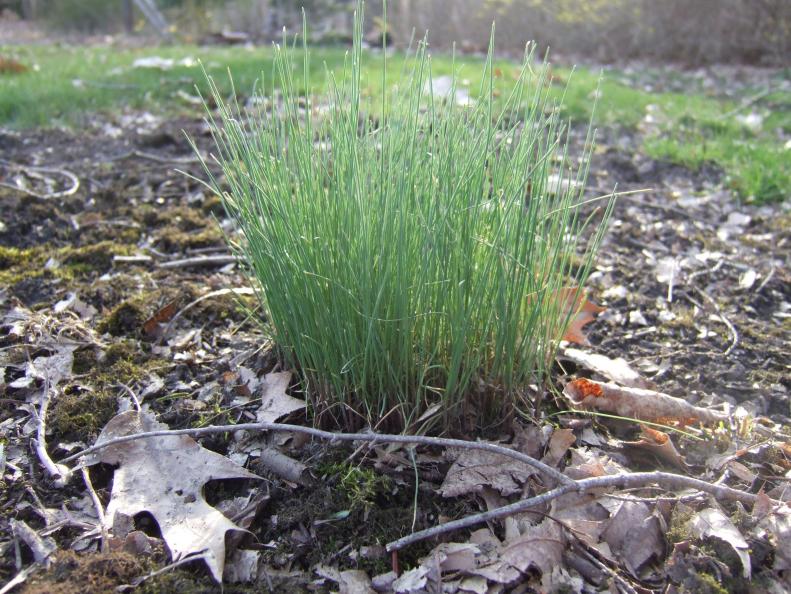Beating Common Weeds in Your Lawn and Garden
No one wants weeds, especially if you’re working on growing a gorgeous lawn and garden. One weed is all it takes to smudge the beauty you’re creating. The secret to beating common weeds depends on two things: being able to identify them and knowing how to get rid of them. Learn about 25 of the most common weeds in lawns and gardens, and get tips on removing them from your yard — for good.
When it comes to violets (above), opinions are divided. To some, it’s a weed of the vilest kind; to others, it’s a dainty wildflower. No matter which camp you support, it’s vital to know that while violets have a literary reputation of being shy, in the landscape they are anything but that. This perennial bloomer boasts a prolific personality, spreading easily by underground stems and seeds. In the lawn, it adapts quickly to lowered mower heights, growing shorter as needed to dodge the blade. Violets thrive in moist, shady sites, but mature plants are drought tolerant. The solution to eliminating violets? Vigilant hand-weeding (be sure to remove all the rhizome) and targeted herbicide use.










